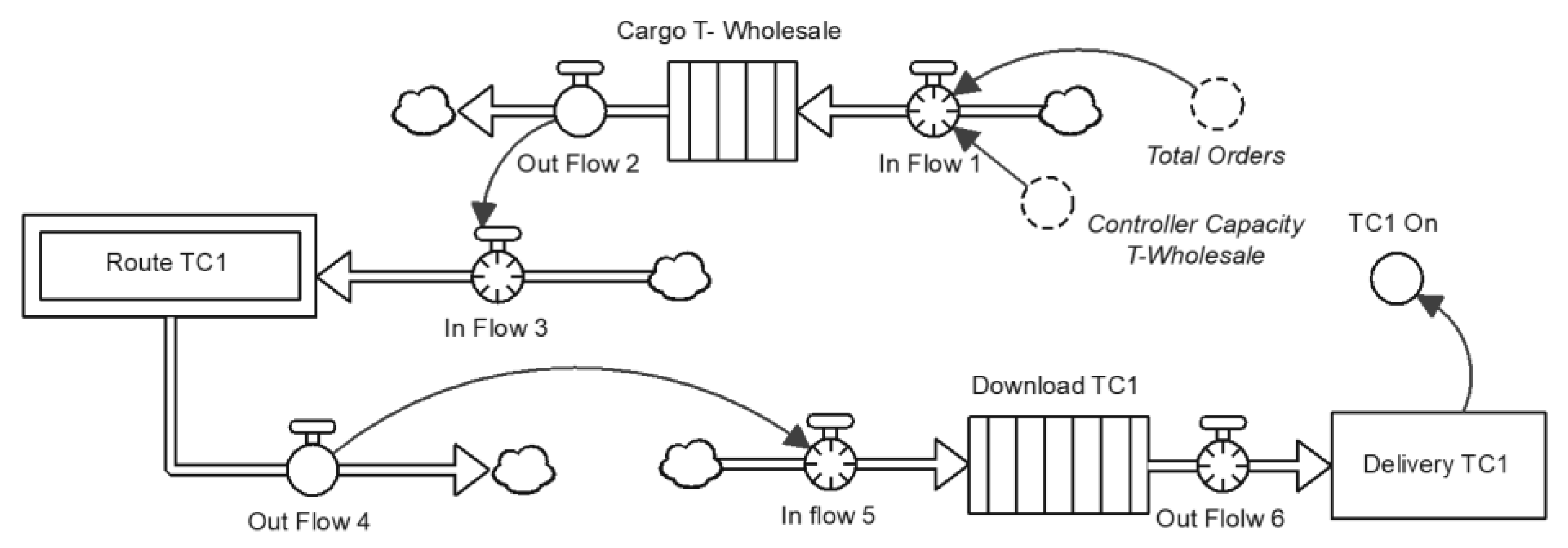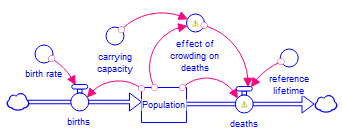


Relentless statistics and in-depth presentation of a difficult subject are balanced with an extensive array of designers’ responses to the problem, and artworks such as Edward Burtynsky’s photos of waste landscapes as well as Ibrahim Mahama’s installation inspired by dumps of European electronic waste in Africa. Design is by Material Cultures, which has – appropriately – re-used elements from previous shows along with low-impact structures and materials. Fortunately, for a subject of such huge scope, it is handled engagingly and is never dull. This exhibition seeks both to show how such disastrous wastefulness has happened, and to ‘explore what design can do to rethink the way we produce and consume’. In the UK, it makes up 6.7% of the carbon footprint.

Construction’s role is significant, generating 1.3 million tonnes of plastic waste and making up 36.4% of waste in the EU through demolition and new build. We have reached ‘peak waste’, as vividly conveyed at the Design Museum’s new exhibition Waste Age: What can design do?Įven before we’ve got through the doors of the show, we are left in no doubt of the enormity of the problem posed by waste thanks to the bald, shocking stats at the entrance: one third to one half of all food produced for human consumption is wasted each year while our oceans are littered with 51 trillion micro-plastics and 25 trillion macro-plastics.


 0 kommentar(er)
0 kommentar(er)
